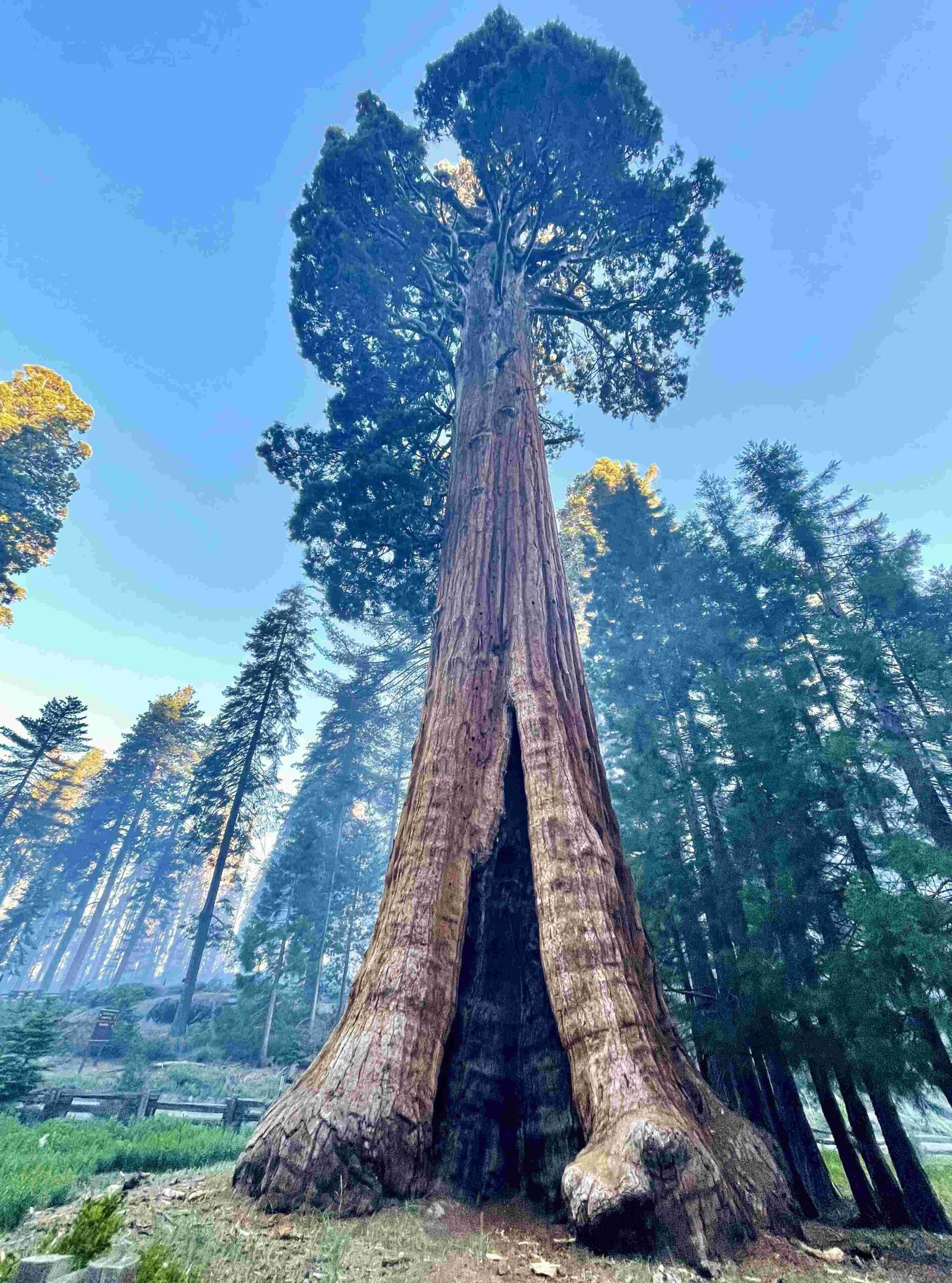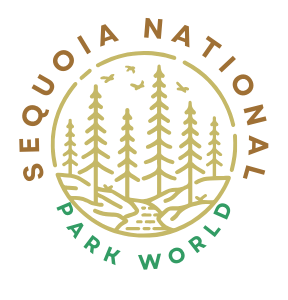The Sequoia National Park montane region is a diverse ecosystem characterized by towering sequoia groves, alpine meadows, and rugged peaks. This area, spanning elevations from 5,000 to 9,000 feet, offers visitors a unique blend of natural wonders, including giant sequoias, diverse wildlife, and stunning vistas. The montane region’s climate varies significantly with seasons, providing opportunities for year-round exploration and activities ranging from hiking and wildlife viewing to winter sports.
What Are the Key Features of the Sequoia National Park Montane Region?

The Sequoia National Park montane region boasts several distinctive features:
- Giant Sequoia Groves: Home to some of the world’s largest trees
- Diverse Wildlife: Including black bears, mule deer, and various bird species
- Alpine Meadows: Lush grasslands dotted with wildflowers in spring and summer
- Rugged Peaks: Offering challenging hikes and breathtaking views
- Rivers and Waterfalls: Fed by snowmelt, creating spectacular water features
What Hiking Trails Are Available in the Montane Region?

The montane region offers a variety of hiking trails suitable for different skill levels:
- Alta Peak Trail
- Distance: 14 miles round-trip
- Difficulty: Strenuous
-
Notable Features: Summit views of the Great Western Divide and High Sierra
-
Tokopah Falls Trail
- Distance: 3.4 miles round-trip
- Difficulty: Easy
-
Notable Features: Follows Marble Fork of Kaweah River, leads to Tokopah Falls
-
White Chief Canyon Trail
- Distance: 7.3 miles round-trip
- Difficulty: Moderate
-
Notable Features: Alpine scenery, old mining equipment, views of East Fork Kaweah River Valley
-
Monarch Lakes Trail
- Distance: 8.4 miles round-trip
- Difficulty: Moderate to Strenuous
- Notable Features: Passes through meadows, red fir forest, and Chihuahua Bowl
What Wildlife Can Be Observed in the Montane Zone?
The montane zone of Sequoia National Park is home to a diverse array of wildlife:
- Mammals: Mule deer, black bears, mountain lions
- Birds: Clark’s nutcracker, Steller’s jay, various raptors
- Small Animals: Marmots, pikas, squirrels, chipmunks
Wildlife viewing guidelines:
– Maintain a safe distance from animals
– Do not feed wildlife
– Make noise while hiking to avoid surprising animals
How Does the Climate Vary in the Montane Region?
The montane climate in Sequoia National Park experiences significant seasonal variations:
| Season | Temperature Range | Precipitation | Notable Features |
|---|---|---|---|
| Summer | 60-80°F (15-30°C) | Low | Ideal for hiking |
| Winter | Below freezing | High (snow) | Winter sports |
| Spring | Variable | Moderate | Wildflower blooms |
| Fall | Cool | Low | Fall colors |
What Amenities and Facilities Are Available in the Montane Region?
The montane region offers various amenities for visitors:
- Parking: Available at trailheads such as Alta Peak and Sawtooth Trail
- Restrooms: Located at campgrounds and major trailheads
- Accessibility: Some trails, like Big Trees Trail, are paved and graded for accessibility
- Organized Tours: Ranger-led walks and nature programs available at visitor centers
How Can Visitors Best Prepare for a Trip to the Montane Region?
To make the most of your visit to the Sequoia National Park montane region:
- Check weather forecasts and trail conditions before your trip
- Bring appropriate gear for the season and planned activities
- Carry plenty of water and snacks, especially for longer hikes
- Familiarize yourself with wildlife safety guidelines
- Purchase necessary permits for backcountry camping or specific activities
- Visit during shoulder seasons (late spring or early fall) for fewer crowds
What Conservation Efforts Are in Place for the Montane Region?
The National Park Service implements various conservation measures:
- Fire management programs to maintain ecosystem health
- Invasive species control to protect native flora and fauna
- Visitor education on Leave No Trace principles
- Research projects to monitor climate change impacts
- Restoration of damaged areas to preserve natural habitats
How Has Climate Change Affected the Montane Region?
Climate change has had several impacts on the Sequoia National Park montane region:
- Increased wildfire frequency and intensity
- Changes in snowpack levels and timing of snowmelt
- Shifts in plant and animal species distributions
- Altered timing of seasonal events like flowering and animal migrations
- Increased stress on giant sequoias due to drought conditions
What Unique Geological Features Can Be Found in the Montane Region?
The montane region showcases various geological wonders:
- Marble caverns formed by water erosion
- Glacial-carved valleys and cirques
- Exposed granite formations
- Metamorphic rock outcroppings
- Evidence of ancient volcanic activity
By exploring these aspects of the Sequoia National Park montane region, visitors can gain a deeper appreciation for this unique and diverse ecosystem. Whether hiking through giant sequoia groves, observing wildlife, or marveling at geological formations, the montane region offers a wealth of natural wonders to discover and enjoy.
References:
1. https://www.muchbetteradventures.com/magazine/best-hikes-sequoia-kings-canyon/
2. https://www.visitvisalia.com/sequoia-national-forest-hiking-trails
3. https://www.visitvisalia.com/sequoia-national-park-hiking-trails
